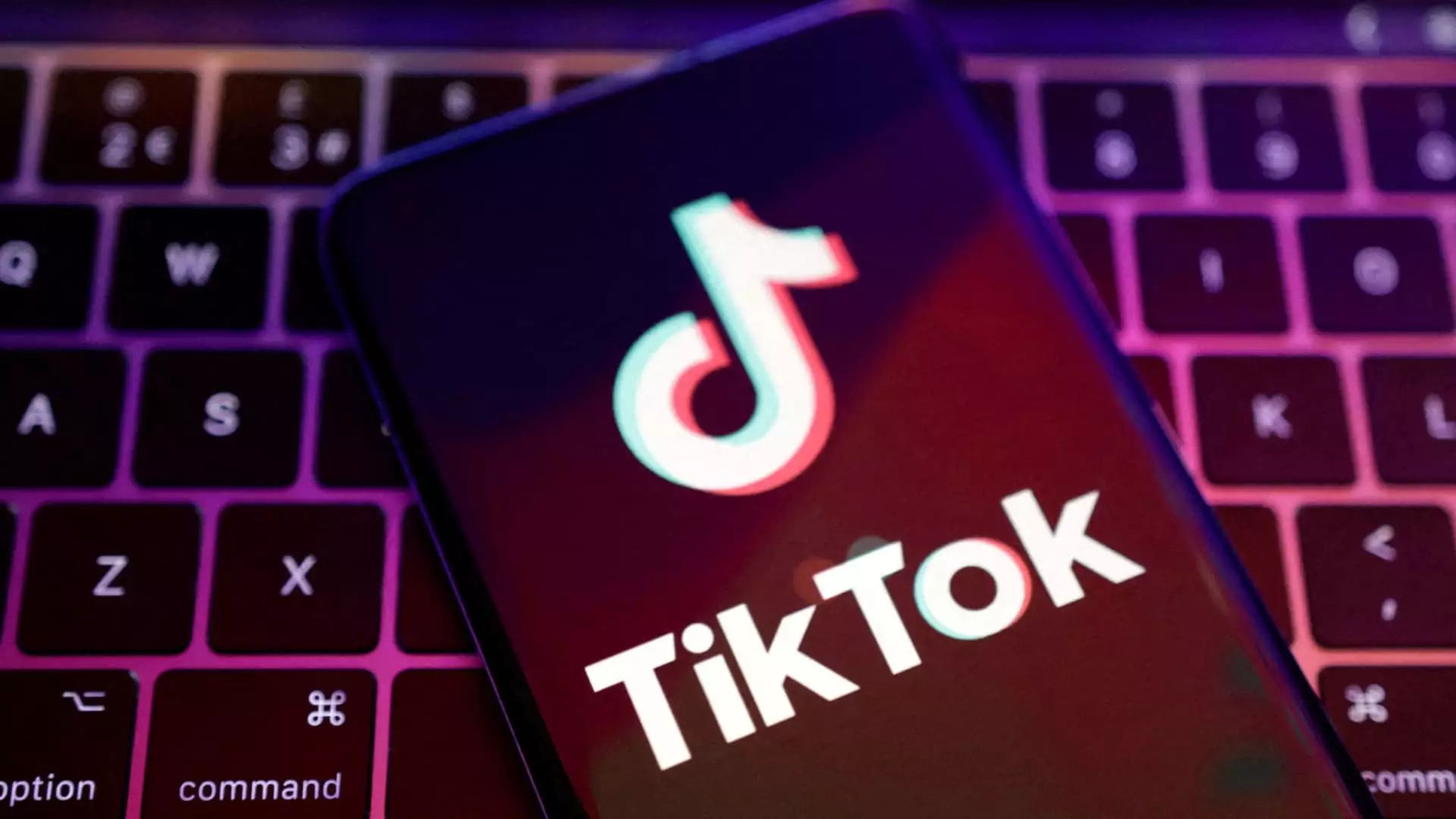In recent legal developments, TikTok faces a significant challenge that could reshape how social media platforms are held accountable for their role in safeguarding vulnerable users. The New Hampshire lawsuit underscores an uncomfortable truth: tech giants are designing their products intentionally to maximize engagement, often at the expense of mental health and safety, especially for children and teenagers. The courts’ recognition of these tactics signals a pivotal shift from dismissing allegations as harmless content to scrutinizing the architecture and psychological exploitation embedded within these platforms.
This case lays bare a critical issue—social media companies are not neutral purveyors of entertainment but powerful entities wielding manipulative design features. Unlike traditional content curation, these features are carefully engineered to create dependency. TikTok, in particular, is accused of deploying addictive elements, such as endless scrolling and highlighted “recommended” videos that exploit the immature minds of its young audience. This strategic engagement hacking has profound implications; it doesn’t merely keep users glued to screens but subtly molds their perceptions, behaviors, and mental health over time.
The legal recognition that platforms like TikTok are responsible for these dangerous features underscores a need for societal introspection. Because of their ability to embed these addictive traits into the very fabric of their applications, social media companies wield unprecedented influence over impressionable minds. It’s no longer sufficient to dismiss their practices as incidental or focused solely on content – the design itself is inherently problematic.
The Illusion of Safety: Corporate Defenses and Their Flawed Justifications
TikTok’s spokesperson dismisses the lawsuit as “outdated and cherry-picked,” claiming that the platform deploys “robust safety protections” such as limited screen time controls and parental oversight. While corporate rhetoric may paint a veneer of responsibility, the reality is often far more intertwined with profit motives. When platforms prioritize engagement metrics—view counts, time spent, interactions—they inadvertently create a fertile ground for addictive design.
The contradiction between corporate denials and the mounting evidence of manipulative features exposes a systemic flaw in social media’s operational ethos. These platforms often tout safety measures as safeguards, yet their core algorithms are designed to keep users hooked. This dichotomy highlights a fundamental moral failure: choosing profit over genuine protection. The proliferation of such practices reveals a troubling pattern where compliance is superficial, and actual user well-being is secondary.
Furthermore, the punitive measures from the courts reveal a troubling incompetence or complacency among regulatory bodies. The fact that lawsuits are necessary to force companies like TikTok to confront their responsibilities indicates that voluntary industry reforms are insufficient. The law must compel concrete changes—until then, children remain vulnerable to exploitation cloaked as entertainment.
Broader Implications: A Society in Need of Robust Safeguards
Beyond TikTok, this legal case exemplifies a larger crisis involving how society regulates digital safety. Companies such as Meta and Snapchat face similar accusations, reflecting a pervasive pattern of neglecting the long-term consequences of their design choices. The recurring theme is clear: social media’s architecture fosters addiction and manipulation, with devastating impacts on mental health, social development, and safety.
The legislative landscape offers some hope but remains fragmented. Efforts like the Kids Online Safety Act aim to impose a duty of care but have yet to gain full legislative traction. Meanwhile, governmental actions get obstructed or delayed, allowing exploitative platforms to operate with minimal oversight. As a society, we must demand more than lip service—we need comprehensive and enforceable regulation that fundamentally alters how social media platforms are designed and operated.
The ongoing battle around TikTok’s future, including threatened bans and potential sales to U.S. investors, underscores the geopolitical and economic stakes involved. But rooted beneath these debates is a profound moral question: should technology prioritizing profit be permitted to manipulate and exploit our youth? The answer must be a resolute no. Instead, we need a new paradigm where digital platforms are designed with genuine care for user welfare, especially vulnerable children.
In essence, the scrutiny TikTok now faces acts as a wake-up call. It’s an urgent reminder that entertainment should never come at the expense of mental health and safety. As courts and lawmakers ponder the future of social media regulation, standing firm against manipulative design is paramount—because the health of our children and the integrity of our digital society depend on it.


Leave a Reply